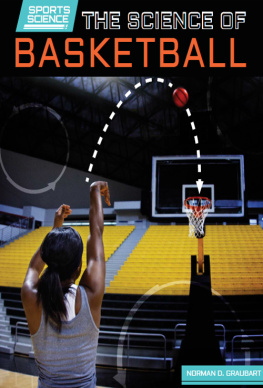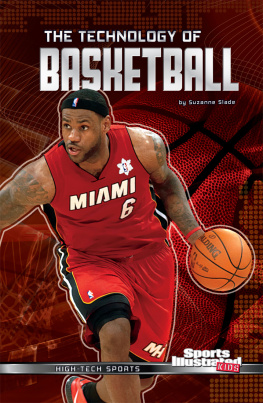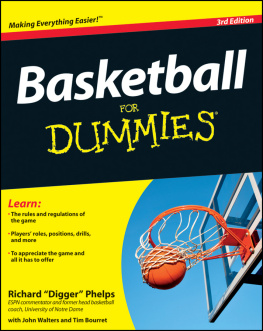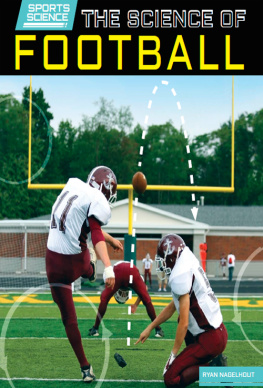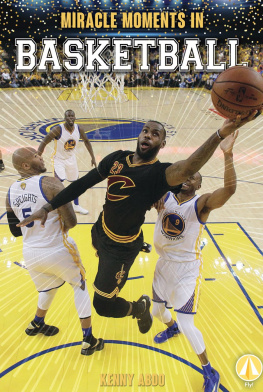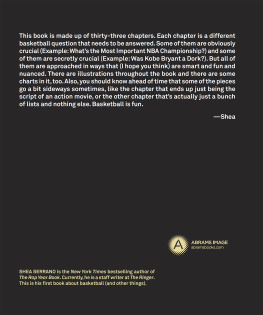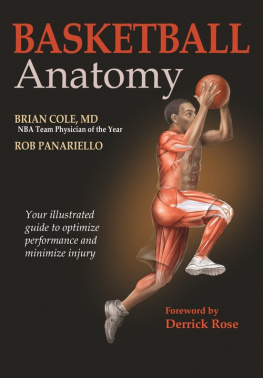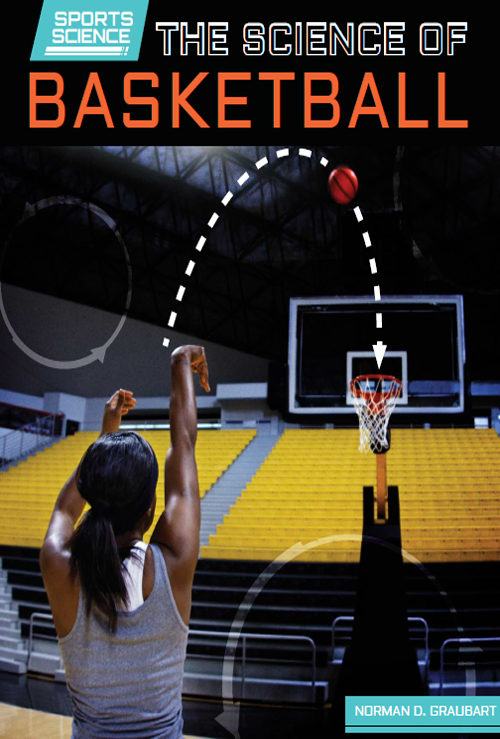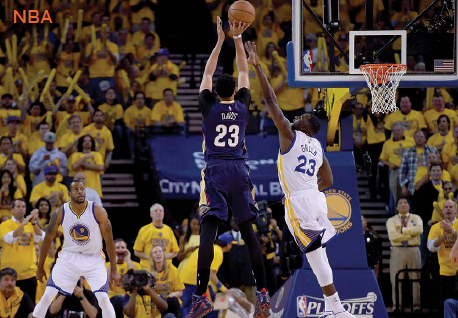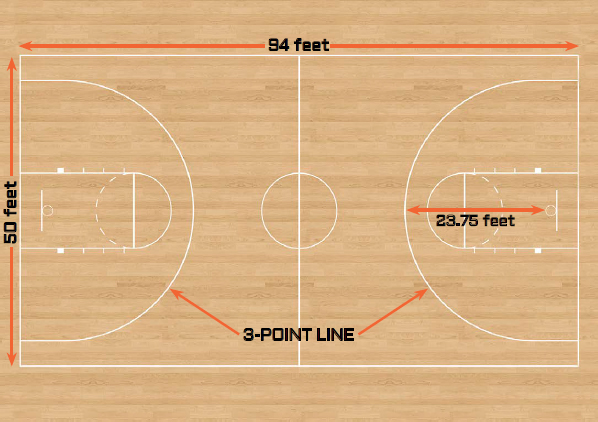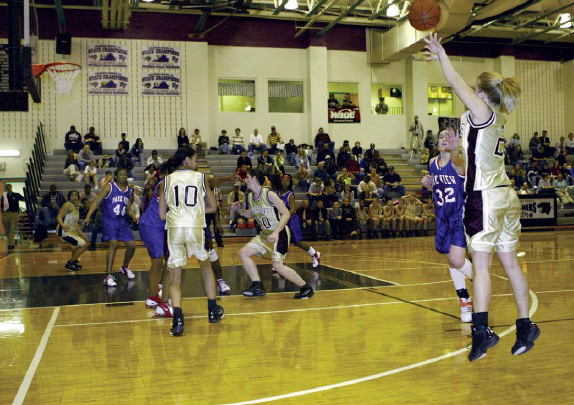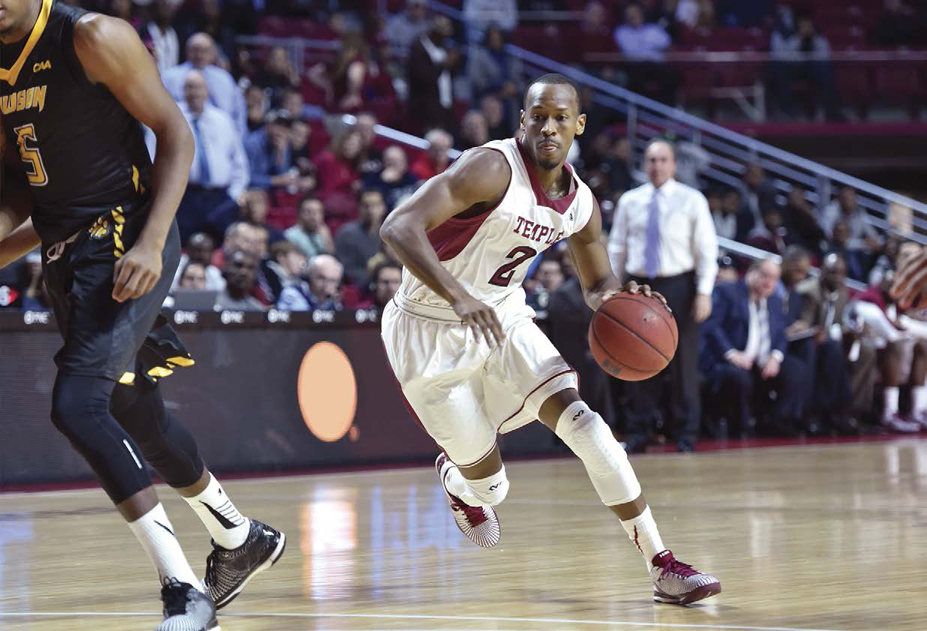Published in 2016 by The Rosen Publishing Group, Inc.
29 East 21st Street, New York, NY 10010
Copyright 2016 by The Rosen Publishing Group, Inc.
All rights reserved. No part of this book may be reproduced in any form without permission in writing from the publisher, except by a reviewer.
First Edition
Editor: Katie Kawa
Book Design: Katelyn Heinle
Photo Credits: Cover Cavan Images/Getty Images; back cover kubais/Shutterstock.com; p. 4 Thearon W. Henderson/Getty Images Sport/Getty Images; p. 5 Doug James/Shutterstock.com; p. 7 tothzoli001/Shutterstock.com; p. 9 The Washington Post/Getty Images; pp. 11, 27 Aspen Photo/ Shutterstock.com; p. 13 (left) Stockbyte/Thinkstock.com; pp. 13 (right), 23 Maddie Meyer/Getty Images Sport/Getty Images; p. 14 Vucicevic Milos/Shutterstock.com; p. 15 Scott Halleran/ Getty Images Sport/Getty Images; p. 17 Tar_Heel_Rob/Thinkstock.com; p. 19 Jupiterimages/Stockbyte/ Getty Images; p. 21 (top) Doug Pensinger/Getty Images Sport/Getty Images; p. 21 (bottom) Hideki Yoshihara/Aflo/Getty Images; p. 25 Andy Lyons/Getty Images Sport/Getty Images; p. 29 Brett Carlsen/Getty Images Sport/Getty Images; p. 30 Monkey Business Images/Shutterstock.com.
Cataloging-in-Publication Data
Graubart, Norman D.
The science of basketball / by Norman D. Graubart.
p. cm. (Sports science)
Includes index.
ISBN 978-1-4994-1064-8 (pbk.)
ISBN 978-1-4994-1102-7 (6 pack)
ISBN 978-1-4994-1127-0 (library binding)
1. Basketball Juvenile literature. 2. Sports sciences Juvenile literature. I. Graubart, Norman D. II. Title.
GV885.1 G735 2016
796.323d23
Manufactured in the United States of America
CPSIA Compliance Information: Batch #WS15PK: For Further Information contact Rosen Publishing, New York, New York at 1-800-237-9932
STUDYING THE SPORT
Basketball has grown since its invention in 1891 to become one of Americas most popular sports. Even though the technology behind the sport has changed over the years, all you need to play basketball are a ball, a hard surface, and one or two baskets. It also helps to have a good understanding of the rules of the sport and the science that makes amazing basketball plays possible.
What does science have to do with basketball? Science helps us answer questions about the sport, such as how to make a perfect basket or what shoes work best on a basketball court.
SUPERSTAR STATS
SCIENCE HELPS US UNDERSTAND HOW COOL PLAYS HAPPEN IN A BASKETBALL GAME. MATH HELPS US BETTER UNDERSTAND THIS SPORT, TOO! STATISTICS, OR STATS, ARE AN IMPORTANT PART OF BASKETBALL. STATS ARE NUMBERS USED TO STAND FOR PIECES OF INFORMATION, SUCH AS HOW MANY POINTS A BASKETBALL PLAYER SCORES. THEY ALLOW PEOPLE TO EASILY COMPARE PLAYERS AND TEAMS USING MATH SKILLS.
Many of the worlds best basketball players are part of the National Basketball Association (NBA), which is the top professional basketball league for men in North America. The best female players can be seen in the Womens National Basketball Association (WNBA).
ON THE COURT
All NBA courts are the same shape and size. Theyre a rectangle, but there are many other shapes within that main rectangle. For example, each NBA court has two 3-point lines, with one on each end of the court. These lines are in the shape of a semicircle, or half-circle.
The basket lies where you would find the center if the semicircle was a whole circle. The distance from a spot on most of the 3-point line to the basket is 23.75 feet (7.24 m). This is called the arc radius. Arc radius measures the distance from the center of a circle to a point on an arc, or part, of that circle. NBA players get an extra point for making a shot at this distance or beyond it.
EXTRA POINT
The rectangle that makes up an NBA court has two sides that are 94 feet (28.65 m) long and two sides that are 50 feet (15.24 m) long. The area of this rectangular court is 4,700 square feet (436.63 sq m). The area of a rectangle is found by multiplying its length by its width.
FROM THE BASELINE
A BASKETBALL COURT ISNT WIDE ENOUGH FOR THE 3-POINT LINE TO BE A PERFECT SEMICIRCLE. IT ACTUALLY BECOMES A STRAIGHT LINE AS IT NEARS THE EDGE OF THE COURT, WHICH IS ALSO KNOWN AS THE BASELINE. THIS PART OF THE 3-POINT LINE IS ONLY 22 FEET (6.71 M) FROM THE BASKET. HOWEVER, PLAYERS CAN EASILY GET PUSHED OUT OF BOUNDS THERE, SO THE SHOT IS STILL WORTH AN EXTRA POINT.
FORCE ON THE FLOOR
Physics is a branch of science that can be seen in action throughout a basketball game. This branch of science deals with energy and how it interacts with matter. Forces are an important part of physics and basketball. A force is a push or pull on an object.
Examples of forces can be found all over a basketball court. When a player shoots the basketball, theyre pushing the ball with their hands. This is an example of applied force. Applied force is a force one object exerts on another.
Normal force is a force that exists between two stable objects. When a basketball player is standing still on the court, the court is exerting an upward force to support them. That force is normal force.
A player needs to use more force to make a 3-point shot because the ball needs to travel a longer distance.
FORCEFUL TRAINING
BASKETBALL PLAYERS WANT TO CREATE AS MUCH FORCE AS THEY CAN WITH THEIR BODY. IN ORDER TO DO THIS, THEY NEED TO BUILD STRONG MUSCLES. A MUSCLE IS A BODY PART THAT PRODUCES MOTION. MUSCLES ARE WHAT ALLOW BASKETBALL PLAYERS TO EXERT THE FORCE NEEDED TO TAKE SHOTS FROM THE 3-POINT LINE AND JUMP HIGH ENOUGH TO BLOCK OTHER PLAYERS SHOTS.
EXTRA POINT
The force of gravity pulls objects toward Earths center. Gravity is what makes a basketball come down after a player shoots it into the air.
MASS AND MOMENTUM
Basketball players are known for being tall. They also often have a lot of muscle mass. The heavier a player is, the more mass he or she has. Mass is how much stuff there is in an object. Mass is like weight, but an objects weight depends on gravity. A basketball player might weigh 200 pounds (90.7 kg) on Earth, but they would weigh something else on another planet that has a different amount of gravity. The players mass, however, will always be the same.
Momentum is mass in motion. The more mass an object has, the harder it will be for it to slow down and eventually stop. It takes more force to change the motion of an object with more mass, so its harder for bigger basketball players to start running, stop, and change direction.

